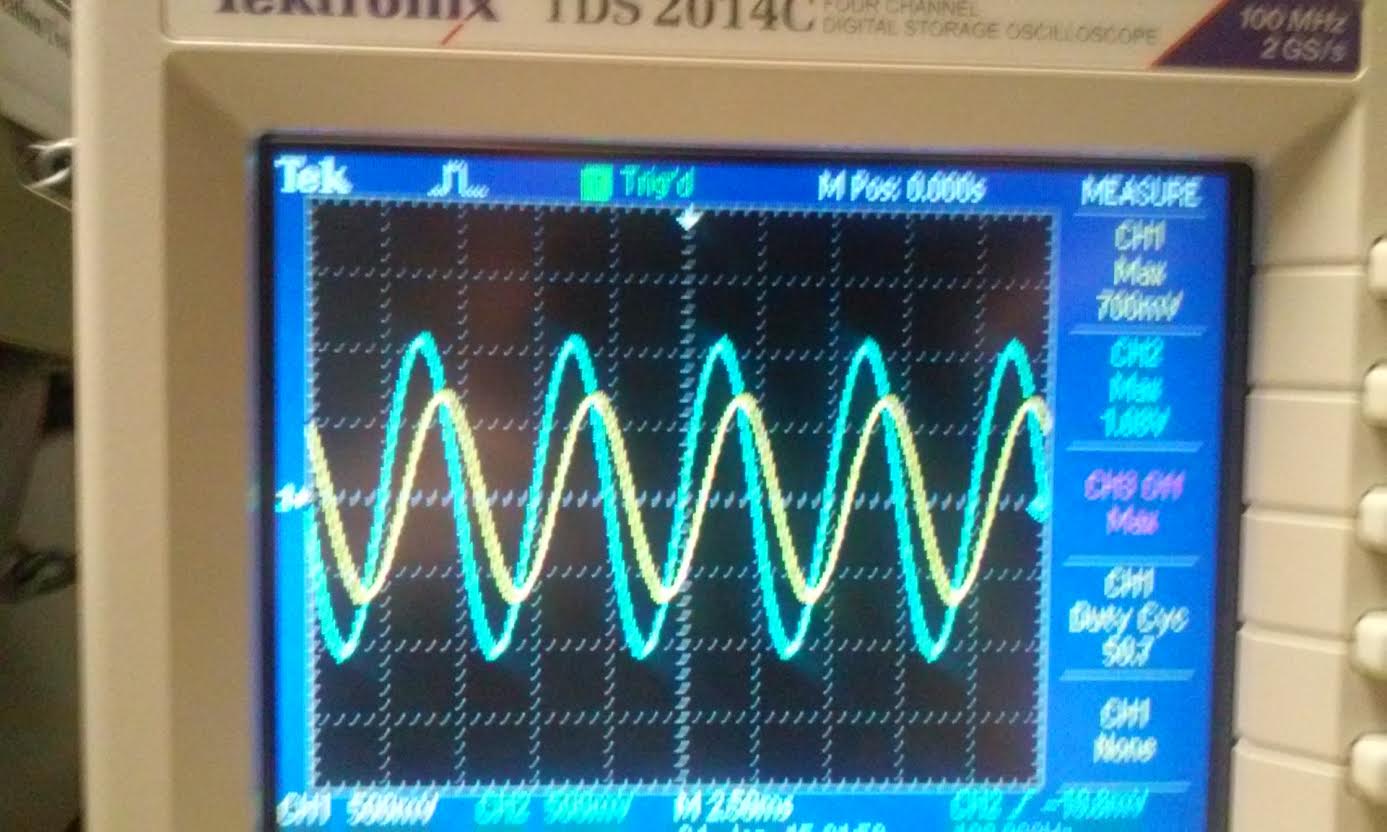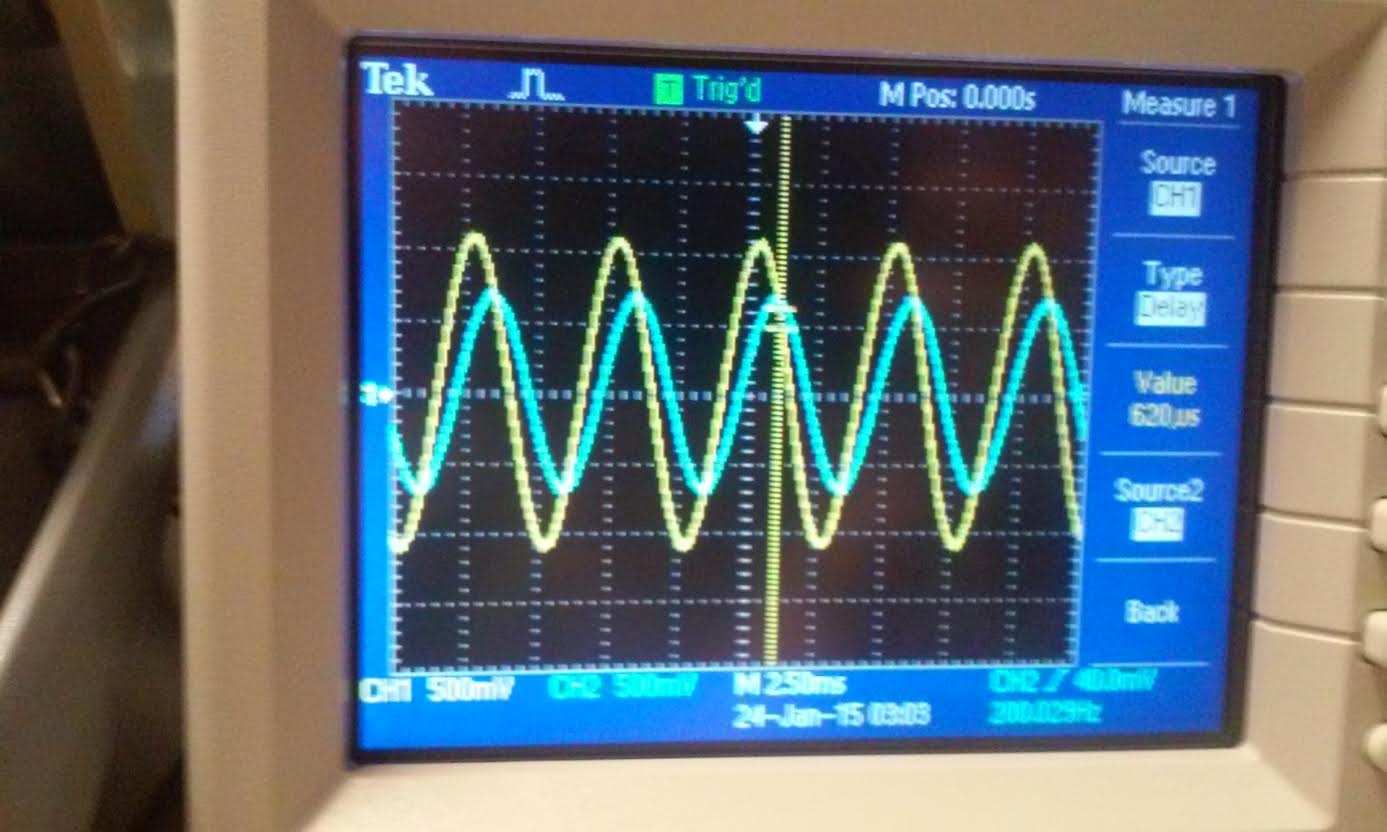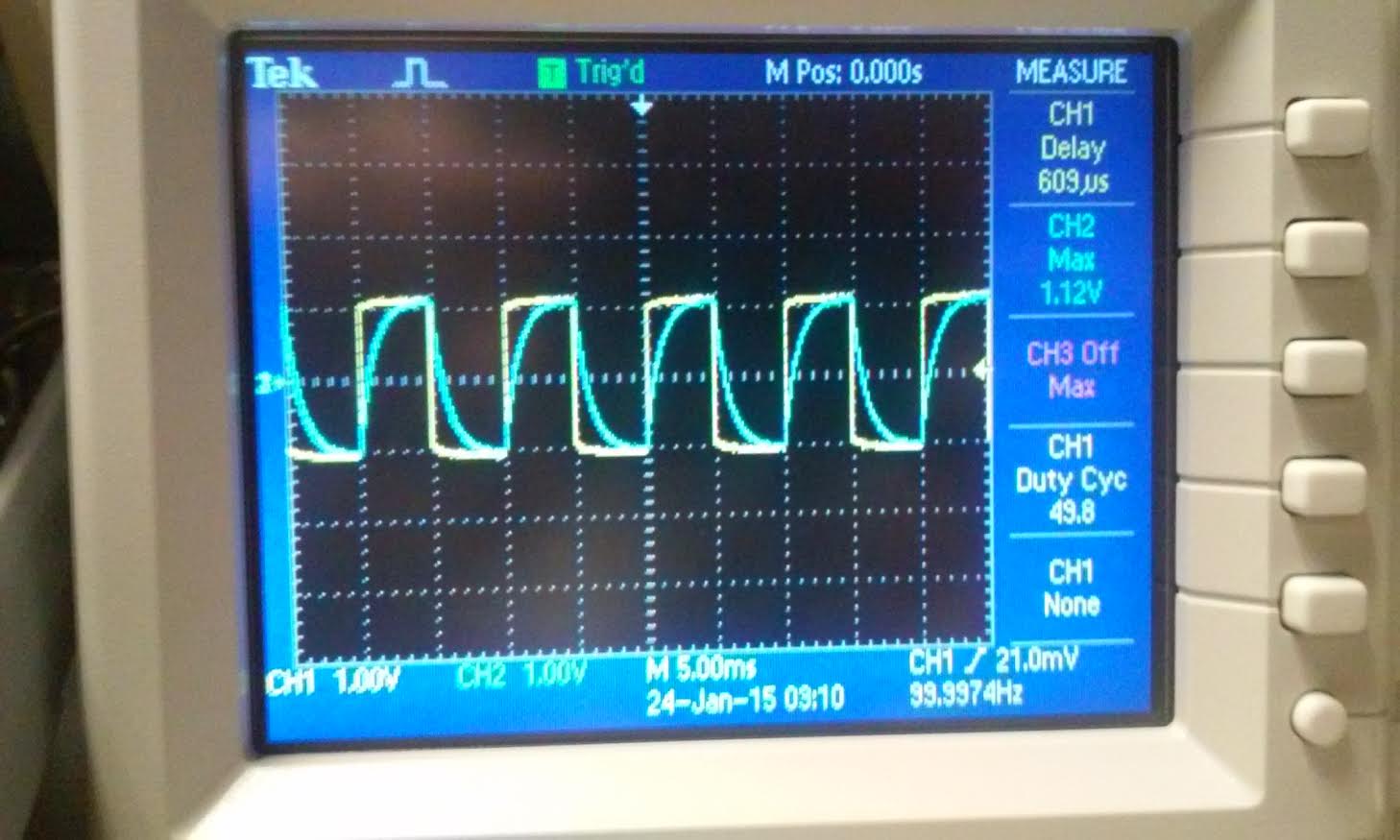ECE 421L - Lab 1
Lab description:
Lab 1 is used to verify the simulation results with experimental measures from the textbook.| transient | ac sweep |
| transient | ac sweep |
| Frequency (Hz) | Magnitude (dB) | Phase (degree) |
| 1 | 0 | 0 |
| 10 | 0 | -3.7 |
| 100 | -1.55 | -33.2 |
| 200 | -4.1 | -51.53 |
| 1k | -16.3 | -81.2 |
| 10k | -36.5 | -89.1 |
| 100k | -55.9 | -89.9 |
| 1M | -76 | -90 |
| magnitude | time delay |
 |  |
| magnitude | time delay |
 |  |
| 0s input pulse | 10p input pulse |
| time delay and rise time | fall time |
| Time (ms) | Voltage (volts) |
| 0 | 0.5 |
| 3 | 1 |
| 5 | 1 |
| 5.5 | 0 |
| 7 | 0 |
| piece-wise linear (PWL) source |
| 0s input pulse | 10ps input pulse |
| delay time | rise time |
| fall time | piece-wise linear source |
